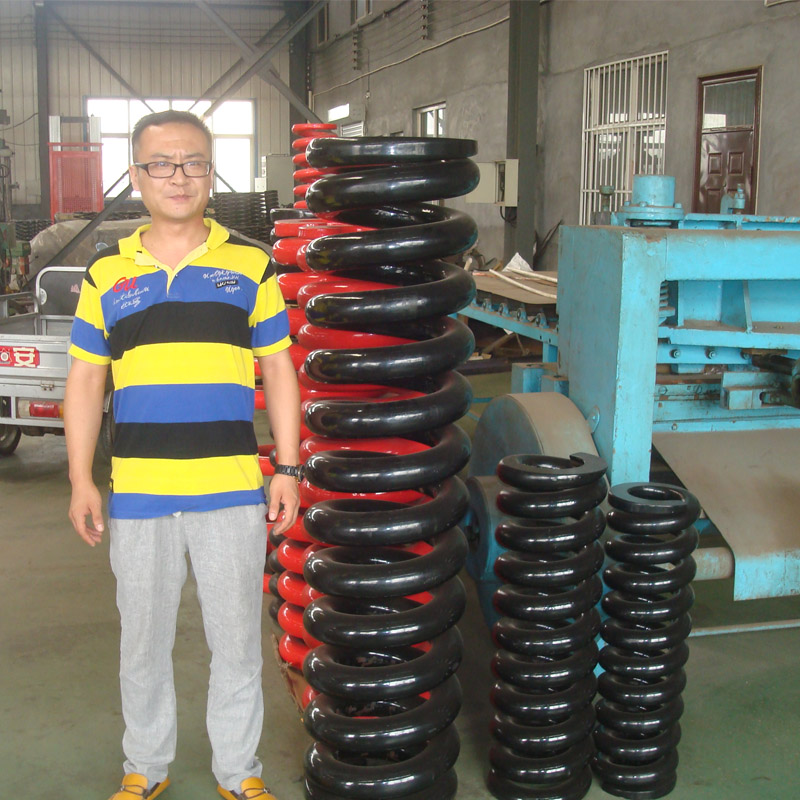
- Mobile Phone
- +8613931874955
- sales@cntcmetal.com
masonry tie
Understanding Masonry Ties An Essential Component in Building Construction
Masonry ties, often referred to simply as ties, play a crucial role in the structural integrity and durability of masonry walls. These small but essential components serve to connect different elements of a building, ensuring stability and support in a variety of architectural designs. This article explores the significance of masonry ties, their types, applications, and best practices in construction.
What Are Masonry Ties?
Masonry ties are connectors that link brick, block, or stone walls to other structural components, such as steel frame structures or other masonry walls. They are typically made from materials such as stainless steel, galvanized steel, or aluminum, chosen for their strength, durability, and resistance to corrosion. The primary function of these ties is to provide lateral support and to help distribute loads evenly across the building structure.
Types of Masonry Ties
There are several types of masonry ties, each designed for specific purposes. The most common types include
1. Wall Ties Used to connect two leaves of a cavity wall, wall ties help maintain the stability and structural integrity of the wall, preventing movement and separating during different temperature changes.
2. Horizontal Ties These are placed horizontally and are designed to keep the masonry wall aligned while also adding strength against lateral forces, such as wind loads.
3. Vertical Ties Installed in a vertical orientation, vertical ties provide additional support and stability, particularly in multi-story buildings where vertical loads need effective distribution.
masonry tie

4. Insulation Ties These ties are used to adhere insulation materials to the masonry structure, ensuring that a building maintains energy efficiency while preventing thermal bridging.
Applications of Masonry Ties
Masonry ties are utilized in numerous construction scenarios. They are essential in the construction of residential buildings, commercial structures, and industrial facilities. In cavity wall construction, where air gaps are present for insulation and drainage, masonry ties ensure the two layers of wall work together as a single unit. This design is particularly valuable in regions prone to extreme weather, as it provides additional resistance against both wind and moisture intrusion.
Moreover, masonry ties are vital in seismic design. In earthquake-prone areas, properly installed ties can enhance the resilience of masonry structures against seismic forces, increasing the overall safety of buildings.
Best Practices for Installation
To ensure the effectiveness of masonry ties, following best practices during installation is critical. First, it is important to adhere to local building codes and standards regarding tie spacing and material requirements. Typically, ties should be installed at regular intervals, often recommended at a maximum of 32 inches apart vertically and 16 inches horizontally.
Furthermore, ties should be embedded correctly into the wall to provide maximum strength. This usually requires ensuring that ties are installed at the proper depth and bonded securely with mortar or other fastening methods. Regular inspection during construction can help to catch potential issues early and ensure that the ties perform as intended.
Conclusion
In summary, masonry ties are an integral component of modern building construction, providing necessary support and stability to masonry structures. By understanding their types, applications, and installation best practices, builders and contractors can ensure that these ties contribute effectively to the safety and durability of buildings. As architectural designs continue to evolve, the importance of robust masonry tie systems will undoubtedly remain, fostering safer, more resilient structures for the future.
share:
-
Your Source for Concrete Wall Ties and Masonry AccessoriesNewsJul.10,2025
-
Unlocking the Power of Iron Wire for Every ProjectNewsJul.10,2025
-
Explore Advanced Chain Wire and Stainless Steel Mesh FencingNewsJul.10,2025
-
Discover the Benefits of Annealed Wire ProductsNewsJul.10,2025
-
Discover China Stainless Steel Wire Mesh SolutionsNewsJul.10,2025
-
Build with Confidence Using High-Performance Masonry AccessoriesNewsJul.10,2025
-
Why Sacrificial Formwork Is Redefining Underground ConstructionNewsJun.06,2025



















